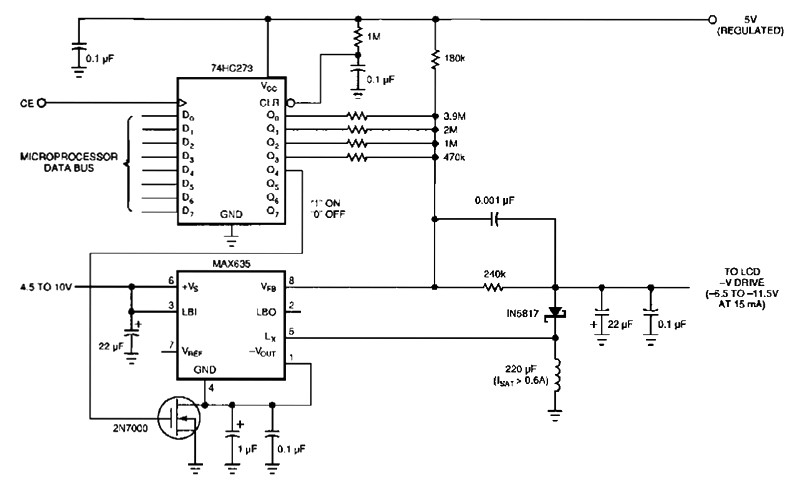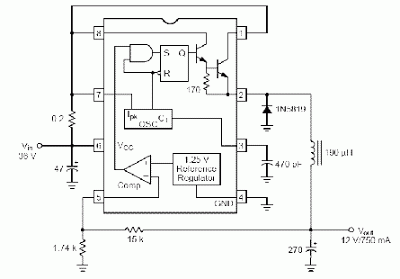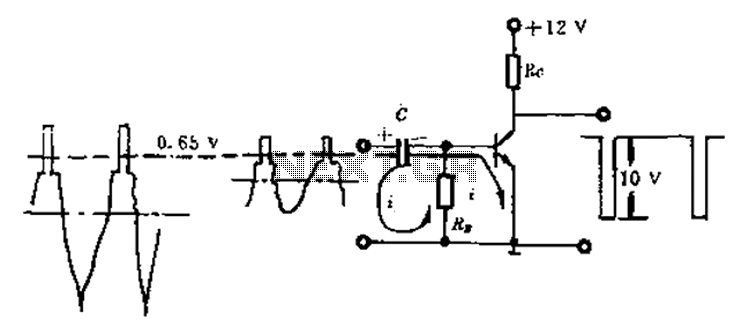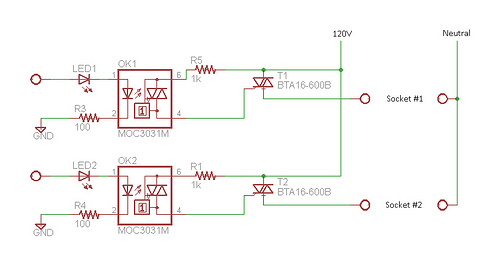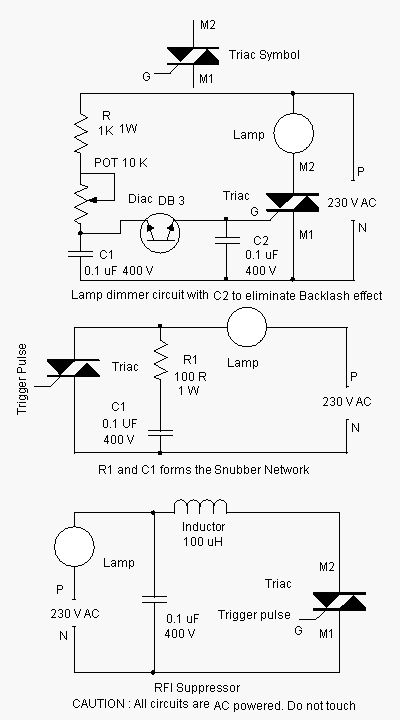
FKL-32 type automatic thyristor excitation circuit

The FKL-32 type automatic thyristor excitation device is designed for synchronous generators with a terminal voltage of 400V and a capacity of 500kW or below. It is used for the automatic adjustment of excitation.
The FKL-32 automatic thyristor excitation device plays a crucial role in maintaining the stability and performance of synchronous generators. Its primary function is to automatically adjust the excitation current based on the generator's operational conditions, ensuring optimal voltage regulation and load handling. This device utilizes thyristor technology, which allows for efficient control of the excitation voltage, reducing losses and improving response times.
The device is designed to operate within a specified terminal voltage of 400V, making it suitable for a range of applications in power generation. With a capacity limit of 500kW, it is ideal for smaller generators, often found in renewable energy systems, co-generation plants, and backup power supplies.
In terms of functionality, the FKL-32 continuously monitors the generator's output voltage and adjusts the excitation current accordingly. This automatic adjustment is critical, especially during transient conditions, such as load changes or faults in the system. The thyristor-based control mechanism provides rapid switching capabilities, ensuring that the excitation system can respond quickly to maintain the desired voltage levels.
Incorporating safety features, the FKL-32 is equipped with over-voltage and over-current protection mechanisms to prevent damage to both the excitation device and the generator. Additionally, it may include diagnostic capabilities to monitor performance and facilitate maintenance, ensuring the longevity and reliability of the system.
Overall, the FKL-32 type automatic thyristor excitation device is an essential component for enhancing the efficiency and reliability of synchronous generators, particularly in applications where precise voltage control is necessary.FKL-32 type automatic thyristor excitation device suitable for terminal voltage of 400V, capacity sookW and below synchronous generator used for automatic adjustment of excitation.
The FKL-32 automatic thyristor excitation device plays a crucial role in maintaining the stability and performance of synchronous generators. Its primary function is to automatically adjust the excitation current based on the generator's operational conditions, ensuring optimal voltage regulation and load handling. This device utilizes thyristor technology, which allows for efficient control of the excitation voltage, reducing losses and improving response times.
The device is designed to operate within a specified terminal voltage of 400V, making it suitable for a range of applications in power generation. With a capacity limit of 500kW, it is ideal for smaller generators, often found in renewable energy systems, co-generation plants, and backup power supplies.
In terms of functionality, the FKL-32 continuously monitors the generator's output voltage and adjusts the excitation current accordingly. This automatic adjustment is critical, especially during transient conditions, such as load changes or faults in the system. The thyristor-based control mechanism provides rapid switching capabilities, ensuring that the excitation system can respond quickly to maintain the desired voltage levels.
Incorporating safety features, the FKL-32 is equipped with over-voltage and over-current protection mechanisms to prevent damage to both the excitation device and the generator. Additionally, it may include diagnostic capabilities to monitor performance and facilitate maintenance, ensuring the longevity and reliability of the system.
Overall, the FKL-32 type automatic thyristor excitation device is an essential component for enhancing the efficiency and reliability of synchronous generators, particularly in applications where precise voltage control is necessary.FKL-32 type automatic thyristor excitation device suitable for terminal voltage of 400V, capacity sookW and below synchronous generator used for automatic adjustment of excitation.

